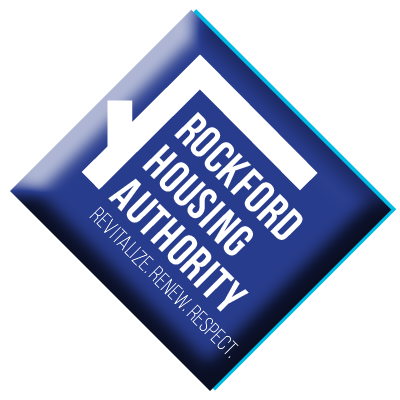Saturday, April 5, 2014
By
Brian Leaf
Rockford Register Star
ROCKFORD – If your grant application does not succeed, apply again.
That’s the approach that the Rockford Housing Authority will take as it looks for the money and means to turn around several west-side neighborhoods that are among the city’s poorest.
Last month, the agency learned that it would not receive a Choice Neighborhoods grant to support a $28 million-plan designed to improve housing, education, jobs and income, safety, wellness and opportunities for disadvantaged youths in the target neighborhood.
It will apply again.
Rockford’s plan was among 44 Choice Neighborhood applications from communities across the country seeking money from the U.S. Department of Housing and Urban Development. HUD selected applications from six communities for $120 million in grants.
Rockford’s application was not among them.
RHA CEO Ron Clewer said that Rockford residents sometimes believe that economic and social conditions give the city a leg up on government programs, making it different from the rest of the world.
“We’re not,” he said.
Rockford lacks the unified political leadership typical of the grant winners, he said.
Choice Neighborhoods supports poor neighborhoods with distressed public or HUD-assisted housing. Grant winners use the money on projects to rejuvenate neighborhoods.
It starts with planning grants.
RHA received $300,000 from HUD to create a plan and application that initially centered on the Ellis Heights neighborhood, home to the Fairgrounds Valley housing complex.
But Clewer said that geographic boundaries were expanded during the two-year planning process, effectively doubling the size to 1.6 square miles of the city, where 52.5 percent of residents live in poverty, 27 percent of 3,240 homes are vacant or abandoned and 65 percent of properties are rentals, according to RHA statistics.
Planning organizations say that neighborhoods where poverty exceeds 15 percent see increases crime, lower property values and flight.
Razing the 210-unit Fairgrounds complex and replacing it with less-dense, mixed-income apartments was part of the planned effort to reduce the concentration of poverty. Other strategies included urban farming, parks, commercial development, a teen center, early childhood initiatives, life-skills training, micro-lending to entrepreneurs, job training, wellness and mentoring.
Some programs have started without the grant.
“I don’t think we lost,” Clewer said. “We’re two years into planning and have built great relationships between RHA and 38 agencies that are at the table.”
Collaboration is important. Documenting collaboration is even more so. Clewer said that some partners made verbal commitments to work on the Ellis Heights plan. HUD wanted it in writing, which affected the result of the grant application.
Read more:
http://www.rrstar.com/article/20140405/News/140409527#ixzz2yJQKIjQC]]>



